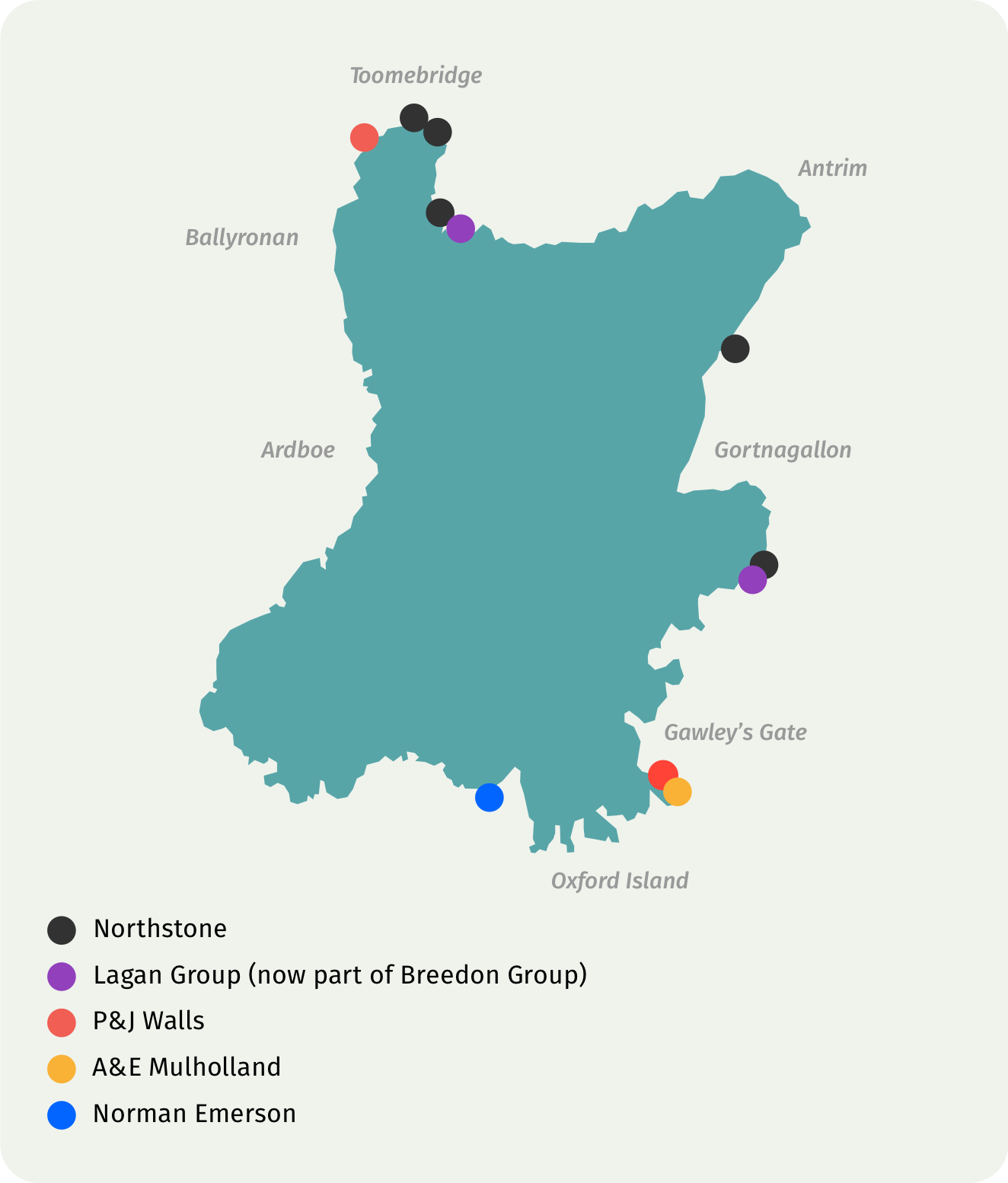SAND has been extracted from Lough Neagh for more than a century.
Workers initially used shovels to remove sand for use in building projects.
But over the decades, extraction has become a major business.
Companies now use suction hoses and dredgers more than 60 metres in length to remove more than a million tonnes of sand from the bed of the lough every year.
Despite concerns about the impact of dredging on the lough, no Stormont department or public authority regularly monitors the effect of extraction.
Research carried out by sand mining expert Dr Chris Hackney, which The Detail published in December, has shown that industrial sand extraction has left long-term scarring on the bed of the lough.
Dr Hackney surveyed an area where sand dredgers have been active in recent years.
His work found that sand dredging alone has created scars of up to 56 feet deep (17 metres) in places.
Dredging has also caused several deep ‘pock marks’ of up to 19.6ft (6m) deep.
“The lough bed used to be around four to five metres (13ft - 16.4ft) deep in that part of the lough,” Dr Hackney told The Detail.
“However, years of extraction has removed sediments from the bed such that depths are now, in places, 21m (69ft) deep.
“That’s a 16-17m (52.5ft-56ft) lowering of the lough bed as a result of extraction.”
The Impact of Dredging on Wildlife
The lough’s birds and other wildlife populations have been in sharp decline over recent decades.
Some studies have suggested climate change is partly to blame for the decline.
However, environmental experts have argued that not enough research has been carried out into the impact of sand extraction on wildlife.
75% Decline in Diving Duck population
A 2013 study carried out by Queen’s University Belfast found that the number of winter migratory birds at the lough had dropped by nearly 80% in a decade - from 100,000 to fewer than 21,000.
Goldeneye, pochard, tufted duck and scaup are all diving ducks which visit Lough Neagh in winter.
66% Decline in Insects
The Queen’s University study highlighted a sharp reduction in the number of insects and snails living on the lough bed.
Researchers and campaigners have claimed sand dredging is contributing to fall in numbers.
However, more research is needed to establish a clear link.
Protected fish
Fishermen have raised concerns around sand-dredging’s impact on protected fish species, including pollan and brown trout.
Pat Close, chief executive of the Lough Neagh Fishermen’s Co-operative Society, said he believed the lough bed could take "decades if not centuries" to recover from the impact of sand dredging.
Mr Close told The Detail that the areas of the lough where there had been the highest concentration of dredging over recent years were effectively "dead zones" for fish.
Lough Neagh Sand Traders
Five companies are licensed to extract sand from two zones in the north-west of the lough.
Companies used to operate independently.
But, in recent years, they have formed the Lough Neagh Sand Traders Ltd business collective.
Each firm pays the Earl of Shaftesbury - who claims ownership to the lough’s bed and banks - a royalty fee for every tonne of sand it extracts.
None of the sand trading firms have provided comment on any of The Detail’s stories on Lough Neagh.
The Shaftesbury Estate has also never responded to requests for comment.
 By
By




